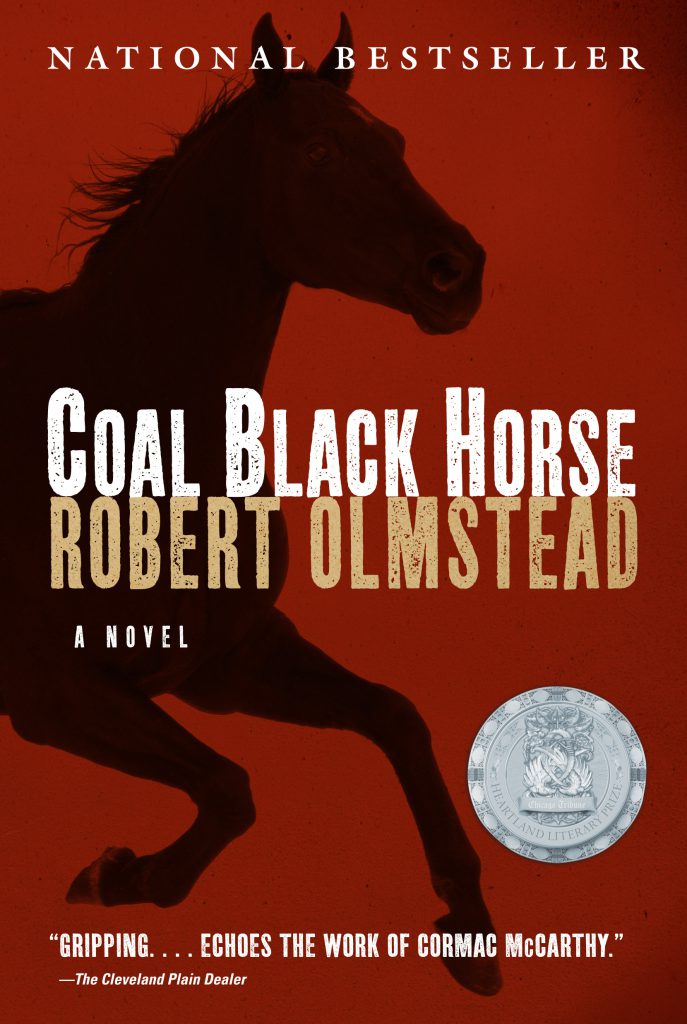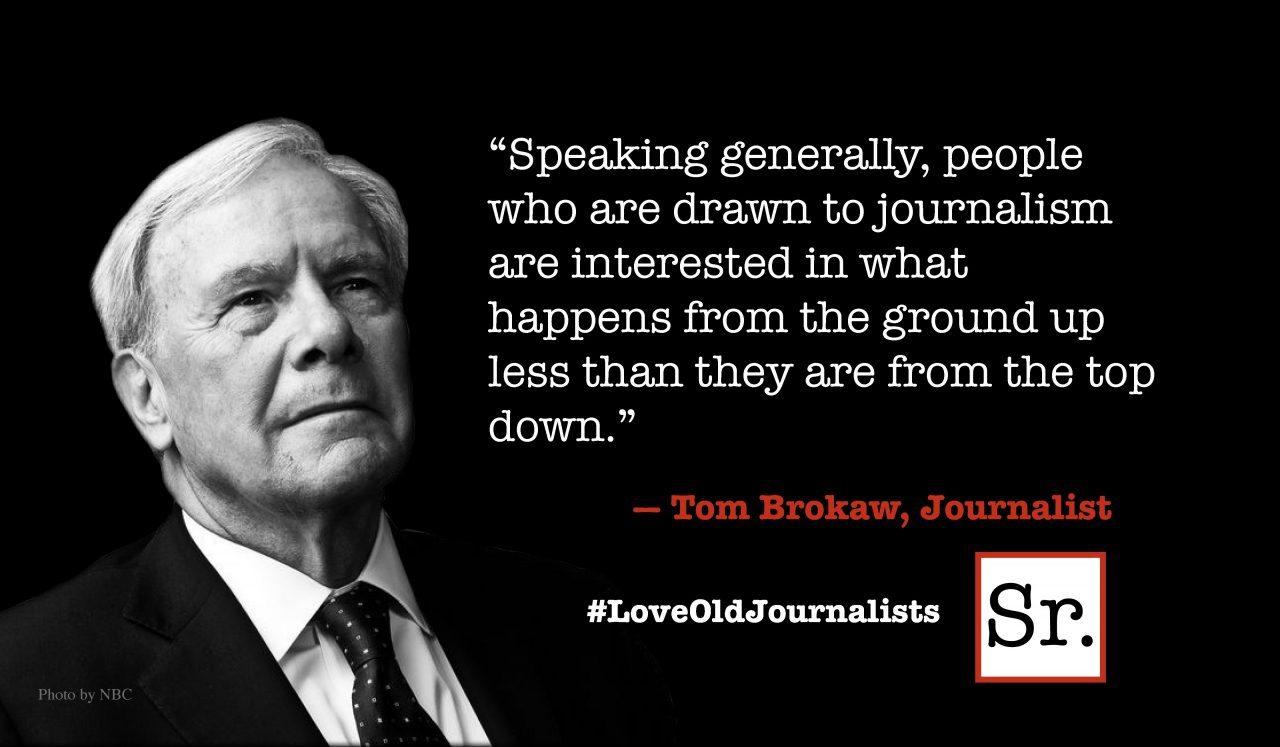A book that combines literary quality writing and masterful storytelling is hard to beat for reading enjoyment. In this novel set during the Civil War, the reader is tempted to pause to savor Olmstead’s writing, but before long the pace of the story captivates and becomes paramount.
At age 14, Robey Childs is sent by his mother on an almost impossible solitary quest — to bring his father home from the battleground. She has fashioned the boy a coat that is blue on one side and gray when turned inside out so he can appear to be with whatever army is nearby. The boy is too young and ill-equipped for such a journey and the ailing horse he starts with soon gives out. A local blacksmith helps, most of all by loaning Robey a tall, magnificent black stallion that forms a kinship with the young lad and strengthens his resolve to carry out his mission. The horse seems to know the way and sometimes keeps Robey out of danger.
As in other novels set in the 1860s like Cold Mountain, those he meets along the backroads show the best and worst of humanity and his life is in peril, always from starvation and exhaustion and at times from guns in the hands of those who would do him harm. More than once someone wants to steal the beautiful black horse.
He meets a strange trio, an evil man who dresses as an old woman smoking a corn cob pipe, a blind woman, and a young girl traveling with them. It is this man who sends a bullet that creases Robey’s scalp when he will not give up the black horse. The man steals it and leaves Robey for dead.
The battle of Gettysburg and its aftermath fill his journey with horrific scenes of cavalry, cannon balls, gunfire, men who plunder any settlement they come to, horribly wounded and maimed men, chained black men being herded back to the south, and dying men by the roadside with no one to help. At one point Robey pauses in his task to help a young woman bury scores of the dead abandoned on the battlefield.
Many of Olmstead’s images are unforgettable, including Robey’s coming across a standing horse that had hung itself up in an opening of stones long ago. Its white bones have grown moss on the ribs, its legs are filled with runnervines and its skull wears a crown of white creepers. The eerie skeleton plays a tune as the wind rattles through the bones. Other horses die graphically on the battlefields and elsewhere. Olmstead excels in his descriptions of nature. The reader is always aware of the changing terrain as Robey travels through mountains and valleys, meadows and riverbanks, towns and open country, searching not only for his father but for his horse.
A long, troubled way leads to the resolution of the story but to me the ending rings true and concludes on a note of hope. I would rate this a terrific read although the squeamish reader might find the battle scenes too bloody and gory. The book won a number of awards for Olmstead, who teaches writing at Ohio Wesleyan University.









